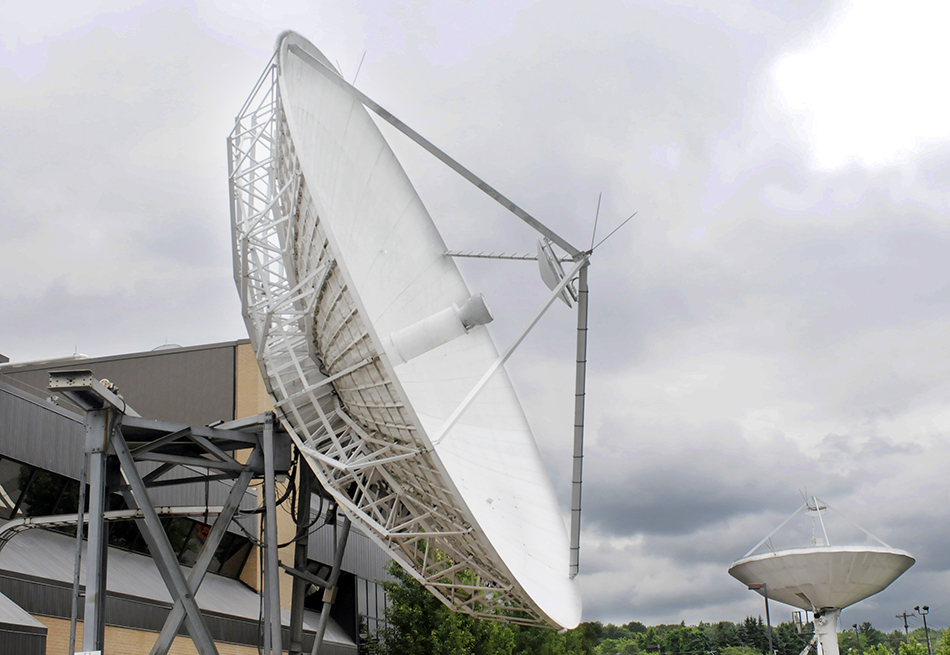Broadcast, Cable Seek Added C-Band Protections
Say waivers are needed to avoid interference to content delivery

Broadcasters and cable operators have peppered the Federal Communications Commission with requests to add to the list of band-related equipment that they want protected from interference in the C-band spectrum repack, arguing waivers were warranted to make sure they could deliver uninterrupted programming to millions of viewers.
They also argued there was “widespread confusion” about which co-located antennas had to be registered.
The FCC is moving incumbent earth station operators out of the lower 300 MHZ of the 500 MHZ spectrum band, or C-band, to auction it off for 5G wireless use. Cable operators and broadcast networks use the band to receive network programming and local programming from remote sites.
The FCC signaled it is not looking to boost broadcast or cable relocation expenses for the added antennas, saying one of the considerations in granting the waiver would be “whether grant of the waiver would require reimbursement of additional relocation expenses to the applicant.”
After NCTA: The Internet & Television Association and the National Association of Broadcasters jointly sought waivers to add colocated antennas to the list of covered earth stations, which it released by the International Bureau on Aug. 3, the FCC earlier this month agreed to provide “a limited opportunity to correct their filings and register additional existing antennas — colocated with existing registered antennas — for the limited purpose of obtaining interference protection on par with that accorded their registered antennas.”
Turns out there was plenty of pent-up demand to add to that list of protected antennas. Among those seeking new registrations were Comcast, The Walt Disney Co., NBC Telemundo, Capitol Broadcasting, AMC Networks and a bunch of public broadcasters. There were multiple requests within companies as well. Disney, for example, included antennas for ABC, ESPN and Disney Streaming Services, as well as for owned TV stations.
Mindful of the money issue, most waiver applications spelled out that they “disavowed any claim to reimbursement for the antennas for which a waiver is sought.”
The smarter way to stay on top of the multichannel video marketplace. Sign up below.
The FCC said it thought waivers to make sure that nearby co-located antennas — within 150 meters — had sufficient interference protections were likely in the public interest, but that it was unlikely to add antennas to that list for any waivers filed beyond the deadline it set of Sept. 25.
The C-band auction is scheduled to launch Dec. 8.
Contributing editor John Eggerton has been an editor and/or writer on media regulation, legislation and policy for over four decades, including covering the FCC, FTC, Congress, the major media trade associations, and the federal courts. In addition to Multichannel News and Broadcasting + Cable, his work has appeared in Radio World, TV Technology, TV Fax, This Week in Consumer Electronics, Variety and the Encyclopedia Britannica.

